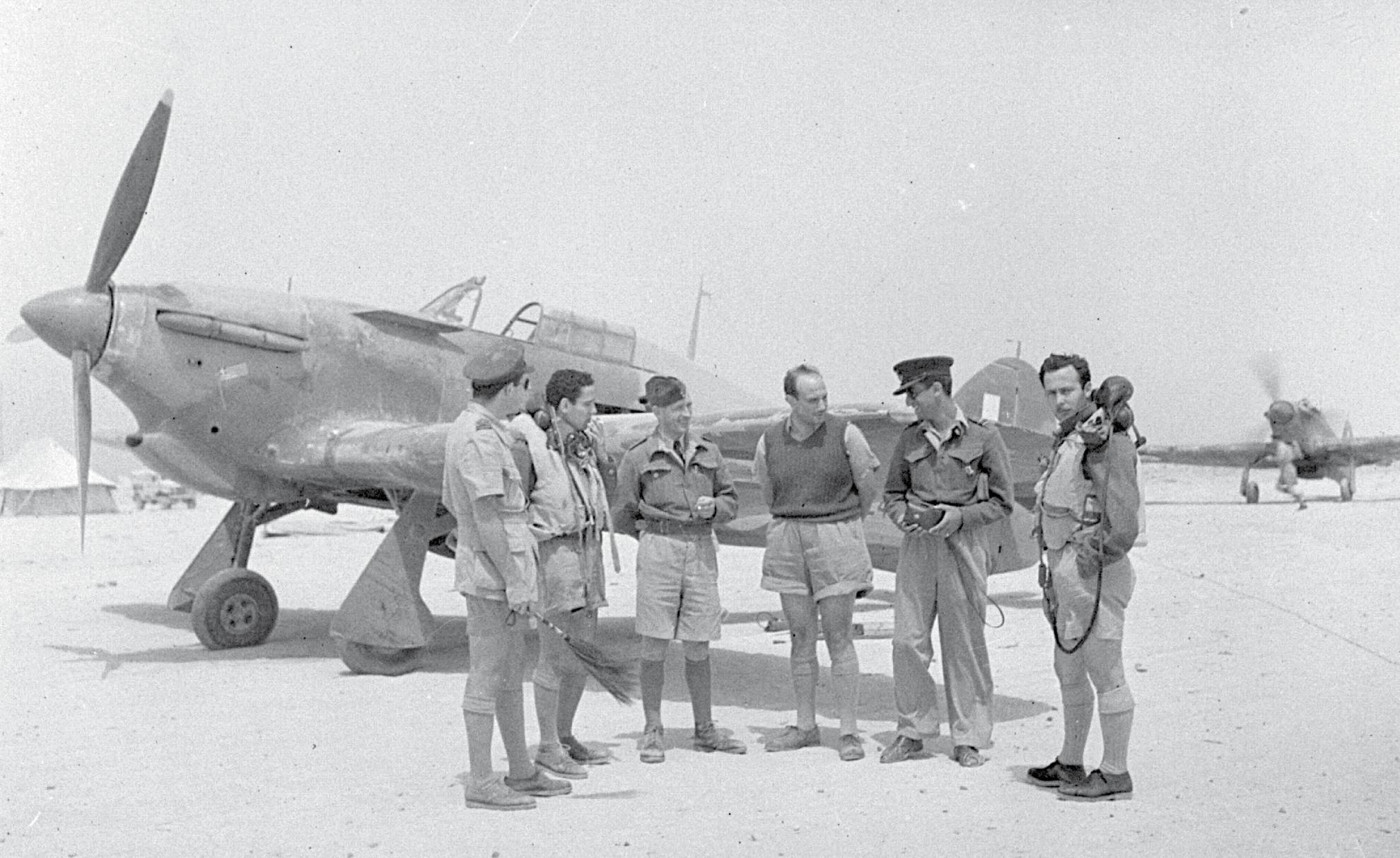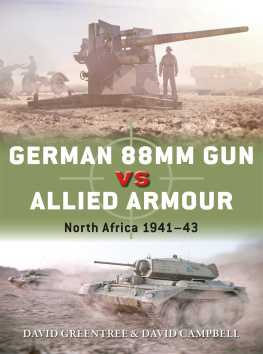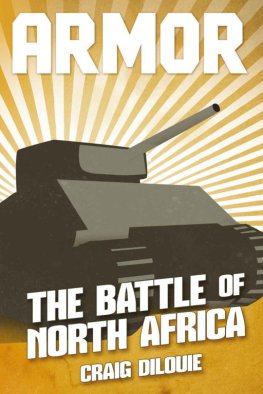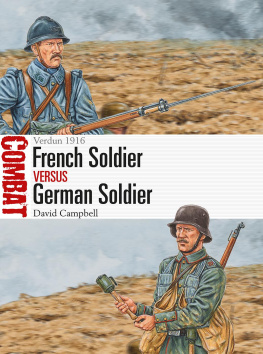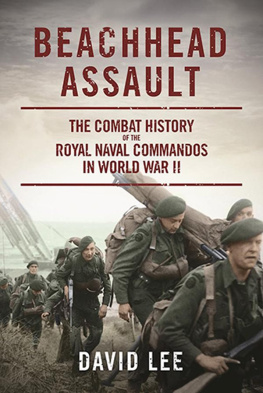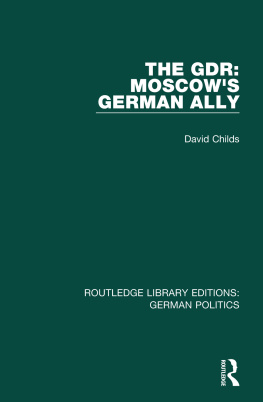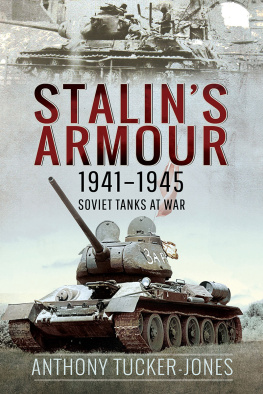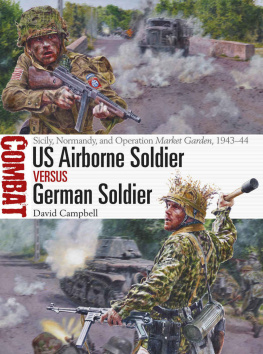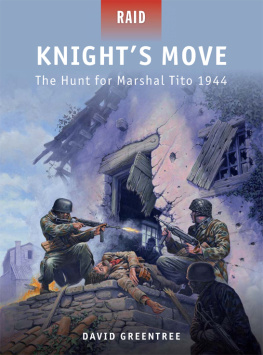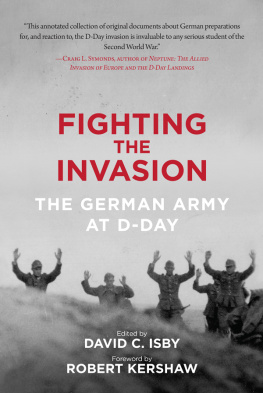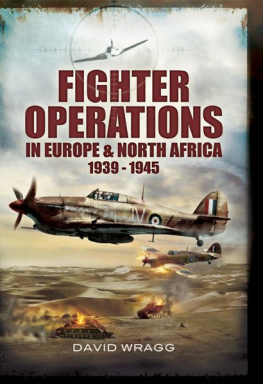CONTENTS

Dedication
To Marius Leier, translator extraordinaire.
INTRODUCTION
The British were keen advocates of armour. In the interwar era J.F.C. Fuller, a general that had utilized armour in World War I, developed ideas about mechanized warfare along with Basil Liddell Hart. Armour would end the immense losses suffered in World War I by bringing mobility back to the battlefield. They wanted armour to operate independently, unfettered by slower infantry and towed guns. Infantry would be used solely to occupy territory. The infantry were not keen on this idea; they had a combined doctrine that envisaged heavy infantry tanks supporting them in the attack whilst lighter tanks would be used in manoeuvr e warfare.

North Africa, 194043.
In the 1920s the Experimental Mechanised Force had persuaded the General Staff to give tanks an independent operational role; however, though infantry would be separated at brigade level because trucks could not accompany tanks on the battlefield, infantry would be committed to some operations with tanks at divisional level. The latest Field Service Regulations prior to the war, stressing how orders needed to be followed in accordance with the master plan, advocated infantry divisions supported by tank battalions of slow-moving heavy infantry tanks breaking the enemy line. The mobile division with faster cruiser tanks would then exploit. Combined arms operations in the desert would be hampered by this different use of armour.
German doctrine sought to utilize tanks as part of combined arms groups and developed existing doctrine that stressed a war of movement. Manoeuvring fast at the operational level had enabled Prussian armies in previous wars to defeat their enemies in detail. A battle of annihilation, termed a Vernichtungsschlacht, was sought through envelopment or encirclement because the German assumption was that their forces would always be inferior to those of their enemies. Making decisions and maintaining a high tempo of operations by both senior and junior leaders leading from the front was stressed through the doctrine of mission command. Senior commanders limited orders to general objectives and times; junior commanders were given their orders verbally and would immediately decide how to gain the objectives. Aggressive tactics were encouraged to seize the initiative; hesitation was not compatible with the German approach to warfare. In the defence, certain positions could be evacuated when faced with a superior force in order to preserve forces prior to commencing a coun terattack.
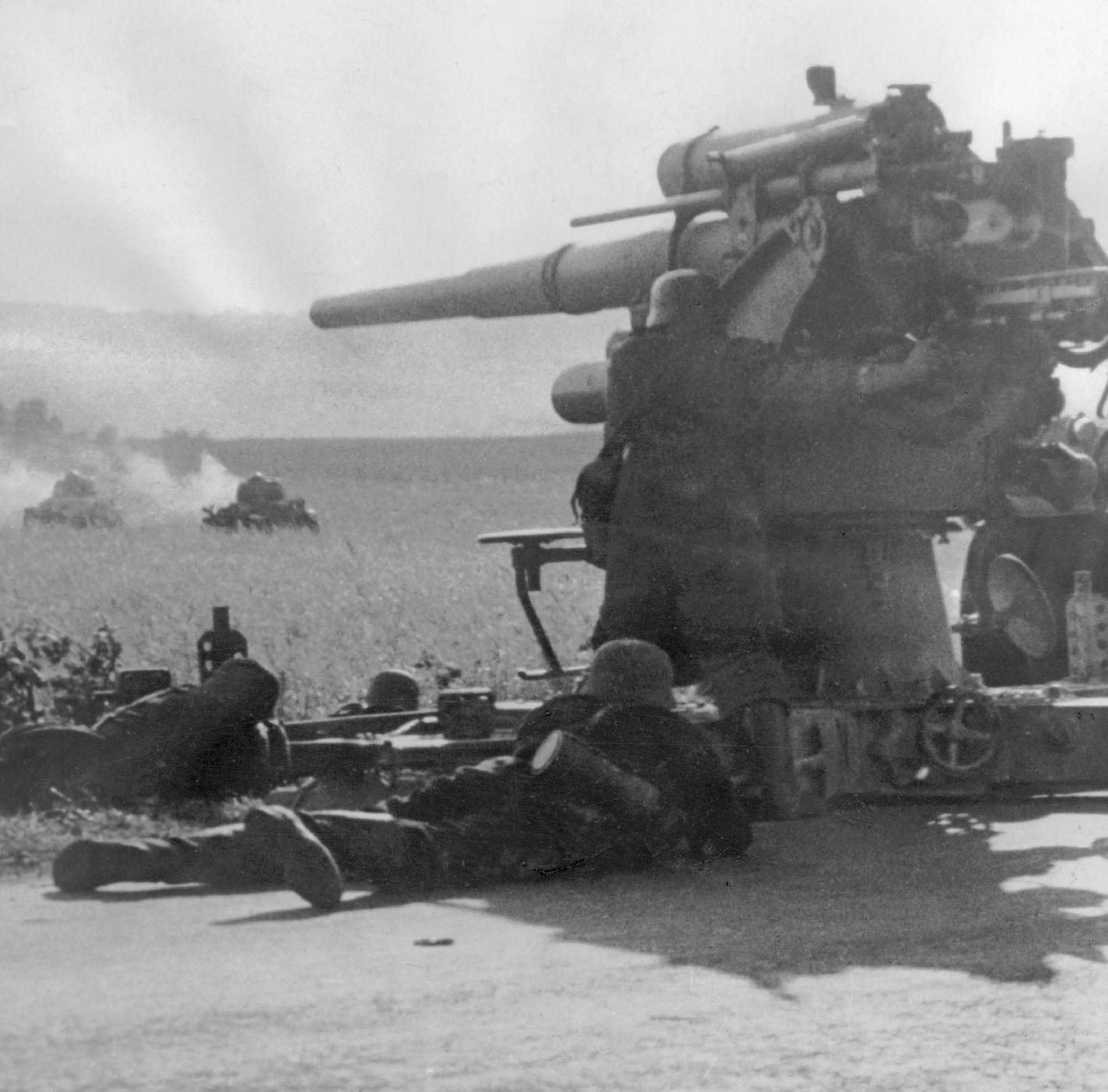
A FlaK 18 in ground battle against French tanks, May 1940. In France in May 1940, six self-propelled FlaK 18 and 33 FlaK 18 with shield were deployed in Panzerjger- Abteilungen . Luftwaffe FlaK-Regiments with FlaK 18 towed by the SdKfz 7 were also deployed in support of ground forces, and the FlaK 18 gained a reputation as the only gun capable of destroying heavy tanks. Rommel deployed it to defeat the Matildas 78mm frontal armour near Arras, destroying 24 in quick succession. The self-propelled FlaK 18 gun was not in favour, because with the gun mounted on the SdKfz 8, the crew had little room to fire the weapon. Traverse was also limited to 15 either side. Only the six in France were available for the invasion of Russia in 1941, and the last of them was lost in 1943. (Ullstein Bild via Getty Images)
In the German army, training stressed combined arms tactics, whilst the British did not think this was a priority and favoured tank-heavy divisions. German panzer divisions, the same size in tanks as the British tank brigade, had a full complement of support units; initially the British armoured brigade had none. The British did not realize the limitations of the new armoured technology. Fuller did not see a role for artillery in a fast-paced armoured battle. The role of the tank in British doctrine was to eliminate enemy tanks. The Germans used AT guns, especially heavy 8.8cm FlaK guns, to destroy enemy armoured formations. Tanks would be used to entice enemy armour onto the guns and would seek to avoid combat with enemy tanks. Armoured divisions, rather than seek out enemy armour, would follow the path of least resistance. AT guns, not limited in calibre to what could be fitted onto a turret, had superior guns to tanks and proved lethal at double the range of most guns in turrets. British tanks found detecting emplaced guns difficult; however, when found, they were vulnerable to British infantry and guns firing HE (high-explosive) shells. Initially the British had a paucity of armour that had HE rounds and had to rely on their f ield guns.
